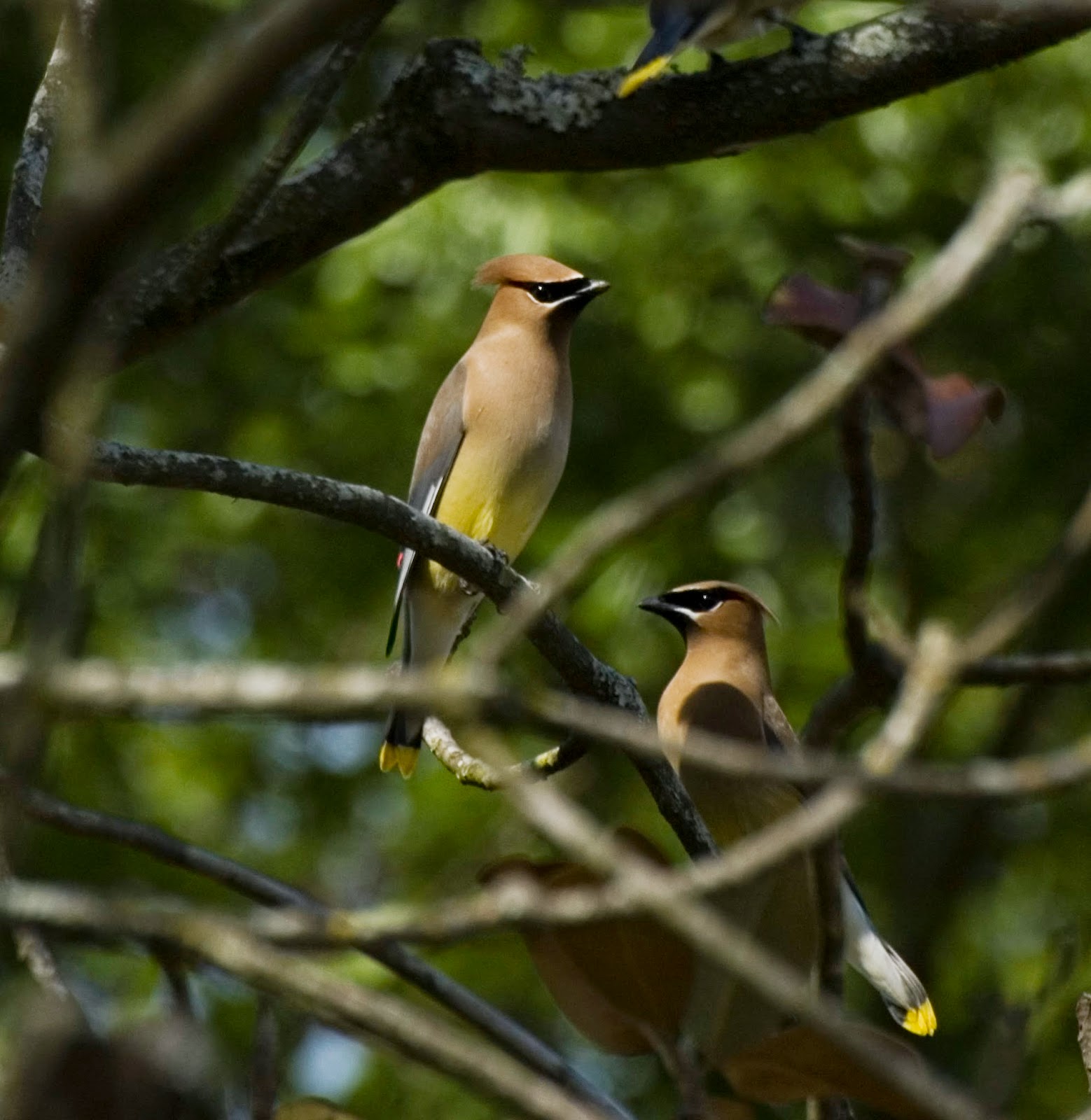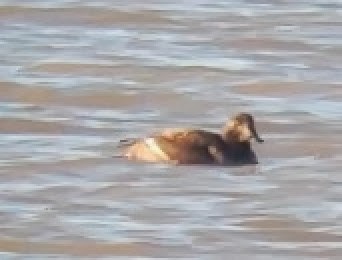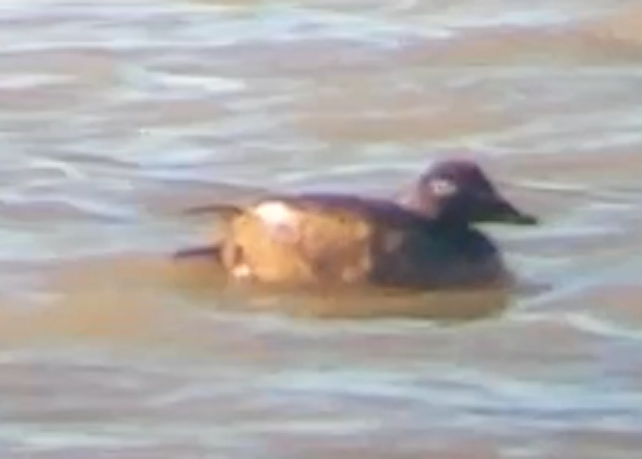April and May are huge months for migration through SWLA. Millions of birds stream like a river miles above the coastal plain every night. The river starts as lleast as far away as the Yucatan Peninsula across the Gulf of Mexico, and probably has tributaries that feed in from points all along the western Gulf coast. Many birds are "trans-Gulf" migrants that cross the Gulf in one long flight. Others are "circum-Gulf" migrants that travel mainly over the land and around the Gulf. The river they form probably follows the rules of all rivers, flooding or running dry at various times according to the weather, but most importantly for the bird watchers that hope to glimpse the river in flood, the river meanders and changes course, sometimes slowly, sometimes by the day.
In recent years, the river has crossed directly over SWLA. It became visible when the volume was so great that it overflowed or when there was an obstacle like a thunderstorm in its path. A trip down to coastal Cameron Parish allowed birders to sample the outliers or the overflow, or enjoy the fallout when the river got blocked and the birds had nowhere to go but down to the ground.
For the past two years, the river seems to have shifted course to the east. Grand Isle, which often found itself devoid of birds in recent years when Cameron was flush with them, has recently experienced a flood of them. Cameron Parish, on the other hand, has had spotty action with notable gaps in the species represented.
I had several chances to go down to Cameron Parish this spring during April and May, and while the action was usually interesting enough to justify the trip, there was never an overload. In fact, in terms of species I had a chance to view, it was as poor a year as I've ever seen there. Some of the species I would normally see plenty of that I scratched on this year include both waterthrushes, Ovenbird, and Bay-breasted Warbler. I never saw more than a dozen or so warbler species in a day, and even on days when I did see fair diversity, birding was slow in terms of numbers of individuals.
No matter how slow the action was, I had a great time whenever I went down to the coast. If there's not action in one spot, you can always find it in another. The beaches were interesting. Molly Richard, Patti Holland, and Angela Trahan found this Black-legged Kittiwake on Rutherford Beach in April, and I came across it a few days later. This species is rare in Louisiana, but what I found most uncommon about it was the fact that it was in an adult-like plumage with a silvery back instead of the broad black markings of a young birds which typically show up here.
Also interesting was this Caspian Tern wearing jewelry:
Last time I saw a banded tern in Cameron, it turned out to be one that Dan O'Malley had banded in the islands of Terrebonne Parish. I'll have to ask Dan if this is one of his birds, too.
Peregrine Falcons eat other migrant birds, but I doubt this one could have eaten all of the missing songbirds this spring.
Mike Musumeche pointed out a roosting Lesser Nighthawk in a pecan tree in Peveto Woods one day in April. A few days later I noticed the same bird in the same tree, although it chose a different branch. Note that I marked rows of markings on this bird. I'm always trying to solve the mystery of nighthawk markings. There's a pattern there that can allow nighthawk species to be told apart.
Another nice sighting was this Kiskadee, one of two present on a day at Lighthouse Woods with Dan Lane, Michael Plauche, Van Remsen, and the Dean of Louisiana birders, Mac Myers.
On another day, Mac and I had this dead Common Loon on Rutherford Beach, such a far cry from the northern waters where it would have spent its summer.
Also far from home, or at least out of place, was this Red-headed Woodpecker in sight of the coast in early May. There's not much habitat for this species south of the marsh. I hope it found a better place to stay.
There were a few species in higher than normal numbers. This young Common Tern was one of thousands that I was lucky enough to get to sift through this spring. There were more Common Terns together this spring than I can ever remember seeing so early.
On the other hand, the Brewer's Blackbird, below, was a bit late, staying at least until the 4th week of April on Chalkley Road, on the way home from the coast.
At the same spot, this Yellow-headed Blackbird hung around into early May:
And to make May trips more worthwhile, there were a few typical later migrants to look at. Magnolia Warblers are always fun to watch:
And the hundreds of Wilson's Phalaropes feeding in a frenzied flock, below, were almost impossible not to watch all day.
And, of course, there were still good birds to see back in Lafayette. Cedar Waxwings stick around into early May, and in terms of beauty, they really don't have to take a backseat to anything on this planet.








































